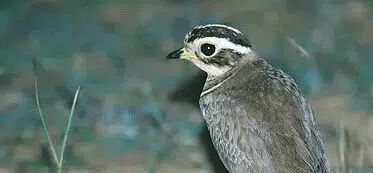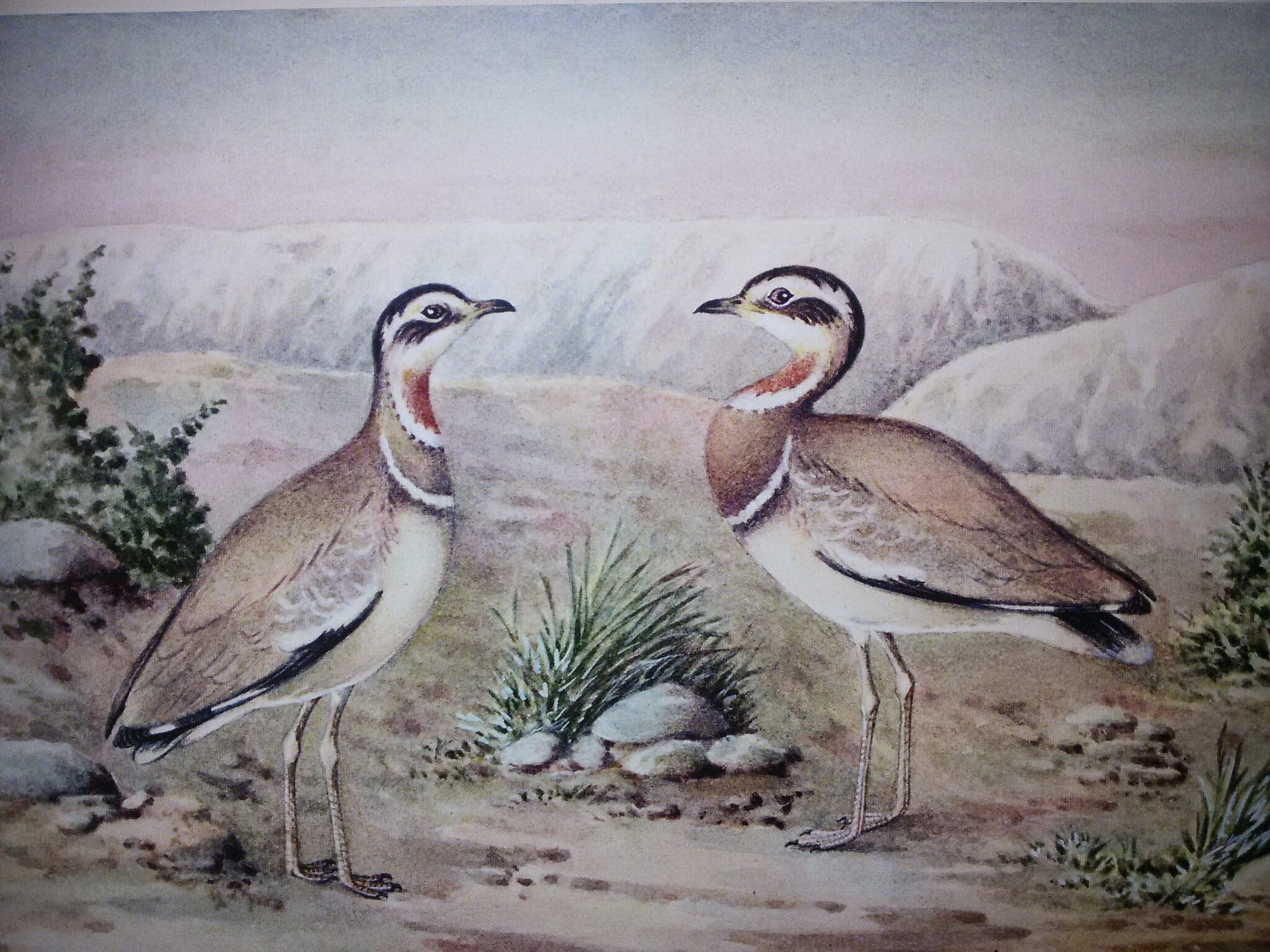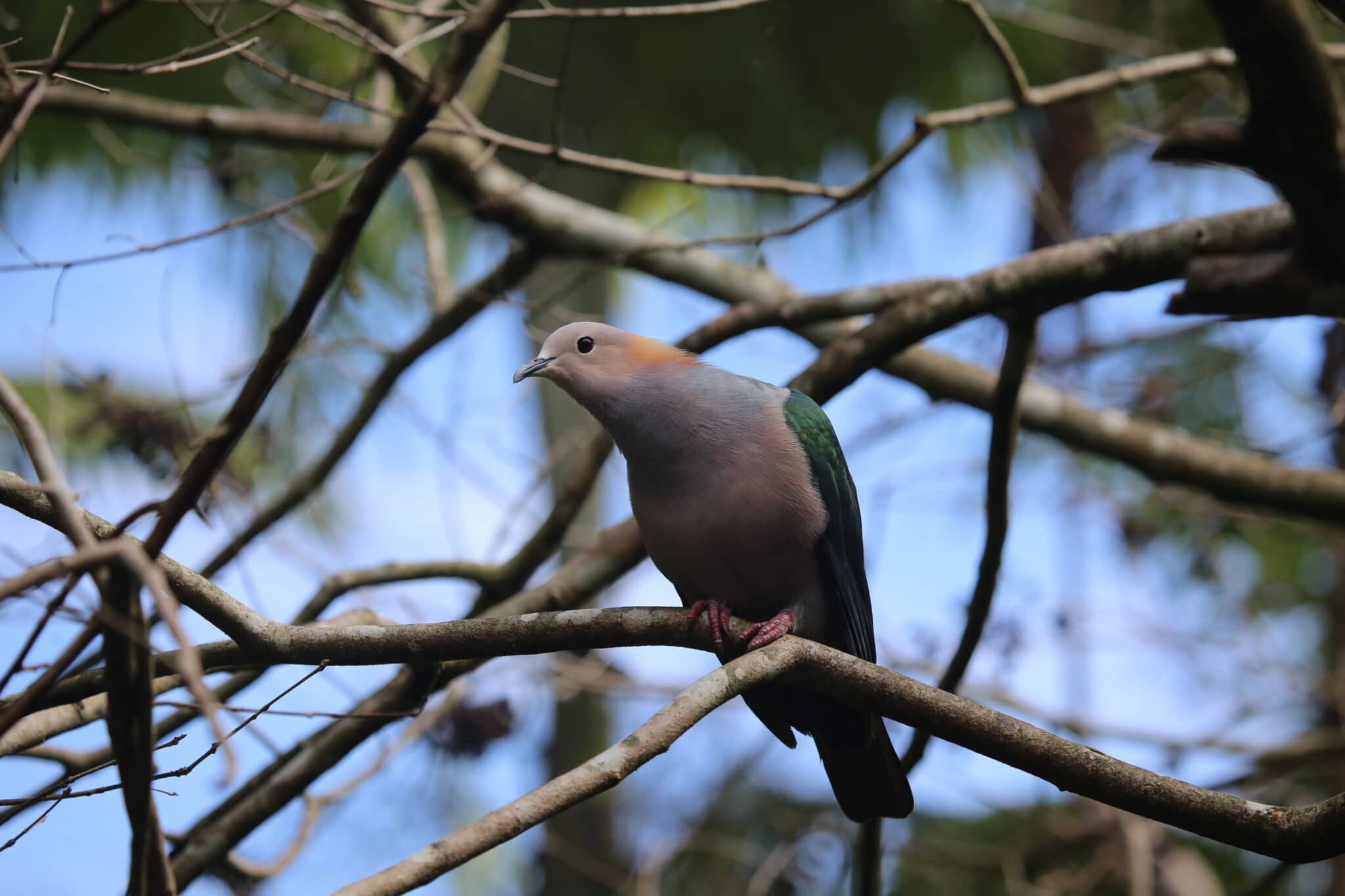Rare singing, emerald green and iridescent blue hummingbird unexpectedly rediscovered in Colombia
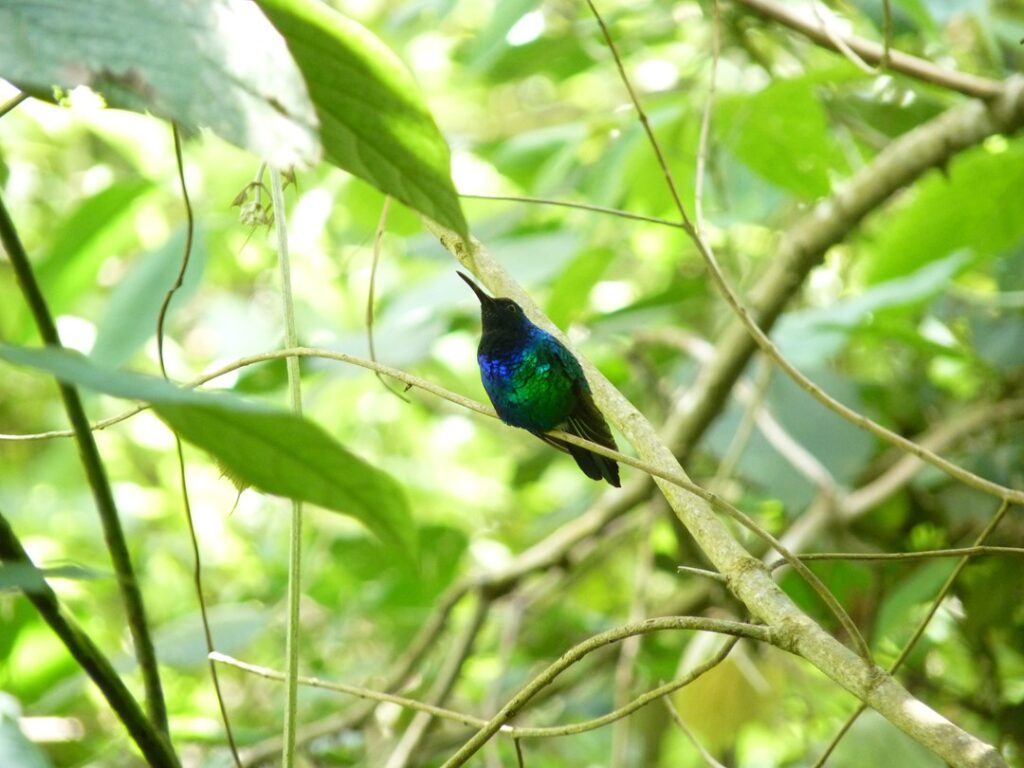
New sighting of lost Santa Marta Sabrewing gives conservationists hope for the Critically Endangered species.
An experienced local birdwatcher in Colombia rediscovered the Santa Marta Sabrewing Campylopterus phainopeplus, a relatively large hummingbird only found in the country’s Sierra Nevada de Santa Marta mountains. It’s only the second time the species has had a documented sighting since it was first collected in 1946. The last time the hummingbird had a documented sighting was in 2010, when researchers captured the first-ever photos of the species in the wild. The Santa Marta Sabrewing is so rare and elusive that it was included as one of the top 10 most wanted lost birds by the Search for Lost Birds.
“This sighting was a complete surprise, but a very welcome one,” said Yurgen Vega, who made the rediscovery while working with SELVA, ProCAT Colombia and World Parrot Trust to study endemic birds in Sierra Nevada de Santa Marta. “As I was leaving the area where I had been working, a hummingbird caught my attention. I got out my binoculars and was shocked to see that it was a Santa Marta Sabrewing, and in an incredible stroke of luck the hummingbird perched on a branch giving me time to take photos and video.”
The male hummingbird was instantly recognizable by its emerald green feathers, bright iridescent blue throat and curved black bill. The hummingbird was perched on a branch, vocalizing and singing, which scientists think is a behaviour associated with defending territory and courtship. However, Vega did not see any other hummingbirds in the area, though there have been sporadic reports of Santa Marta Sabrewing sightings during the past decade by other local birdwatchers. Researchers believe the population of Santa Marta Sabrewings in the Sierra Nevada de Santa Marta is very small and decreasing. The species is listed as critically endangered on the IUCN Red List of Threatened Species, though it was historically common in the south-eastern part of the mountains.
The Sierra Nevada de Santa Marta is the world’s tallest coastal mountain and home to rich communities of wildlife, including 24 species of birds that are found nowhere else on the planet. It partially overlaps with five Key Biodiversity Areas, which are sites of global importance to the planet’s overall health and the persistence of biodiversity.
“This rediscovery is tremendous, and it makes me hopeful that we will start to better understand this mysterious and threatened bird,” said Esteban Botero-Delgadillo, director of conservation science with SELVA: Research for Conservation in the Neotropics. “However, we found it in an area that is unprotected, which means that it is critically important for conservationists, local communities and government institutions to work together to learn more about the hummingbirds and protect them and their habitat before it’s too late.”
Scientists know very little about the Santa Marta Sabrewing, except that it typically lives in humid neotropical forests at mid elevations between 4,000 and 6,000 feet (1,200-1,800 meters). Ornithologists believe that the hummingbird may be migratory, moving up to even higher elevations in the páramo—an ecosystem of grass and shrubs—during the rainy season in search of flowering plants. Much of the forest in the Santa Marta mountains has been cleared for agriculture, and scientists estimate that only 15% of the forest is still intact.
“Technology has made it much easier to gain and share knowledge about the Sierra Nevada de Santa Marta and its inhabitants,” said Diego Zárrate, director of conservation with ProCAT Colombia. “This is a great example of what we can learn about the biodiversity of this area when local communities and conservationists work together.”
The rediscovery of Santa Marta Sabrewing is being celebrated by ornithologists around the world, including those working as part of the Search for Lost Birds, a collaboration between Re:wild, American Bird Conservancy and BirdLife International.
“It’s so incredible to see photos and video of the Santa Marta Sabrewing,” said John C. Mittermeier, Director of Threatened Species Outreach at American Bird Conservancy. “It’s like seeing a phantom. When we announced the top 10 most wanted lost birds last year, we hoped that it would inspire birders to look for these species. And as this rediscovery shows, sometimes lost species re-emerge when we least expect it. Hopefully rediscoveries like this will inspire conservation action.”
Header image: A male Santa Marta Sabrewing. The species was rediscovered in Colombia’s Sierra Nevada de Santa Marta in July 2022. The hummingbird had not had a documented sighting in 12 years. © Yurgen Vega/SELVA/ProCAT
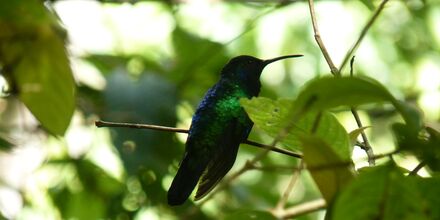
“What an inspiring rediscovery this is. The evidence suggests that it is very rare, so great credit goes to Yurgen Vega and his colleagues and supporters, for their skill and dedication in finding it. It is itself an exquisite species and its rediscovery adds weight to the arguments to conserve all the habitats of the Sierra Nevada de Santa Marta, including the unprotected parts where the Sabrewing was rediscovered.”Roger Safford, Senior Program Manager for Preventing Extinctions at BirdLife International
“It’s like seeing a phantom. When we announced the top 10 most wanted lost birds last year, we hoped that it would inspire birders to look for these species. And as this rediscovery shows, sometimes lost species re-emerge when we least expect it. Hopefully rediscoveries like this will inspire conservation action.”John C. Mittermeier, Director of Threatened Species Outreach at American Bird Conservancy.
